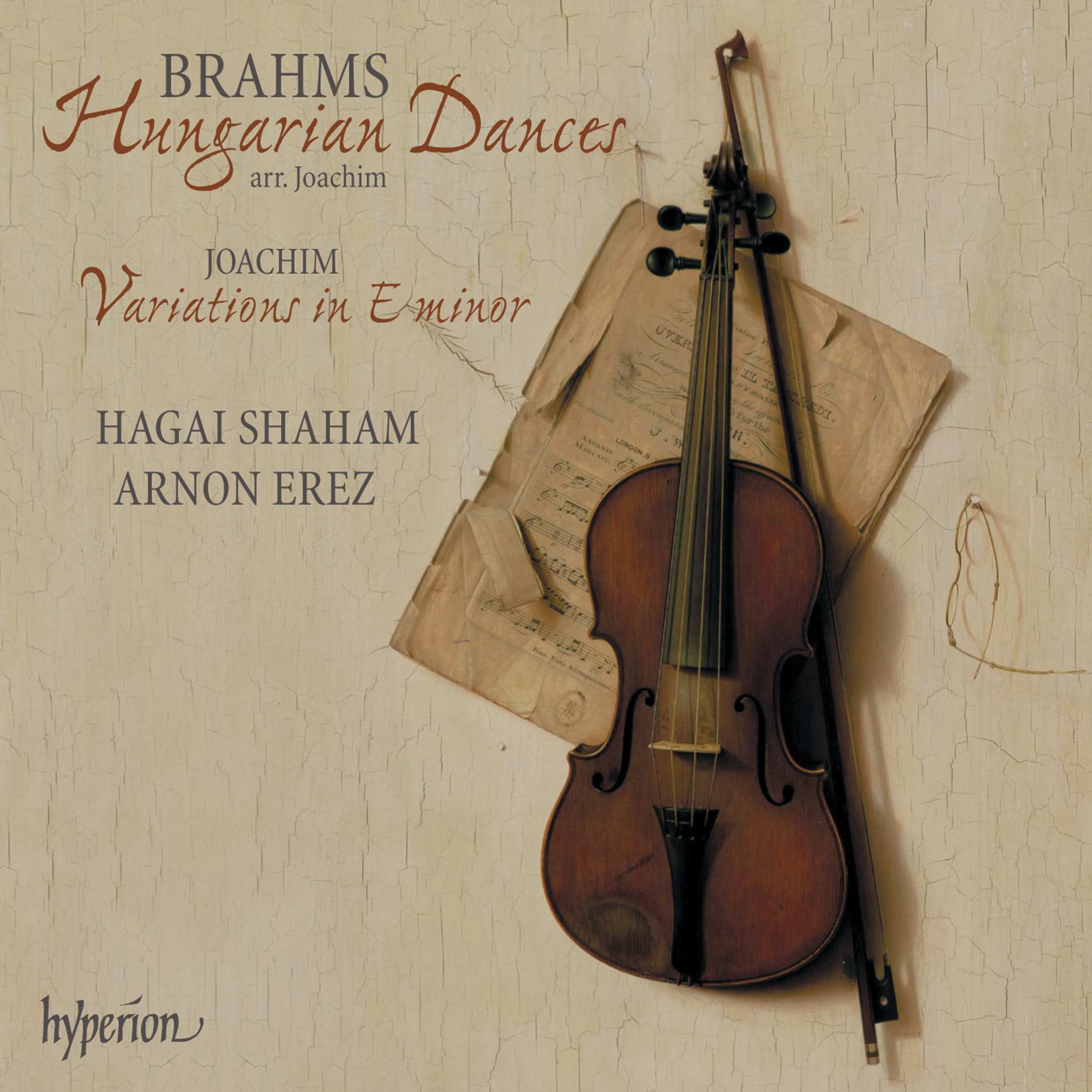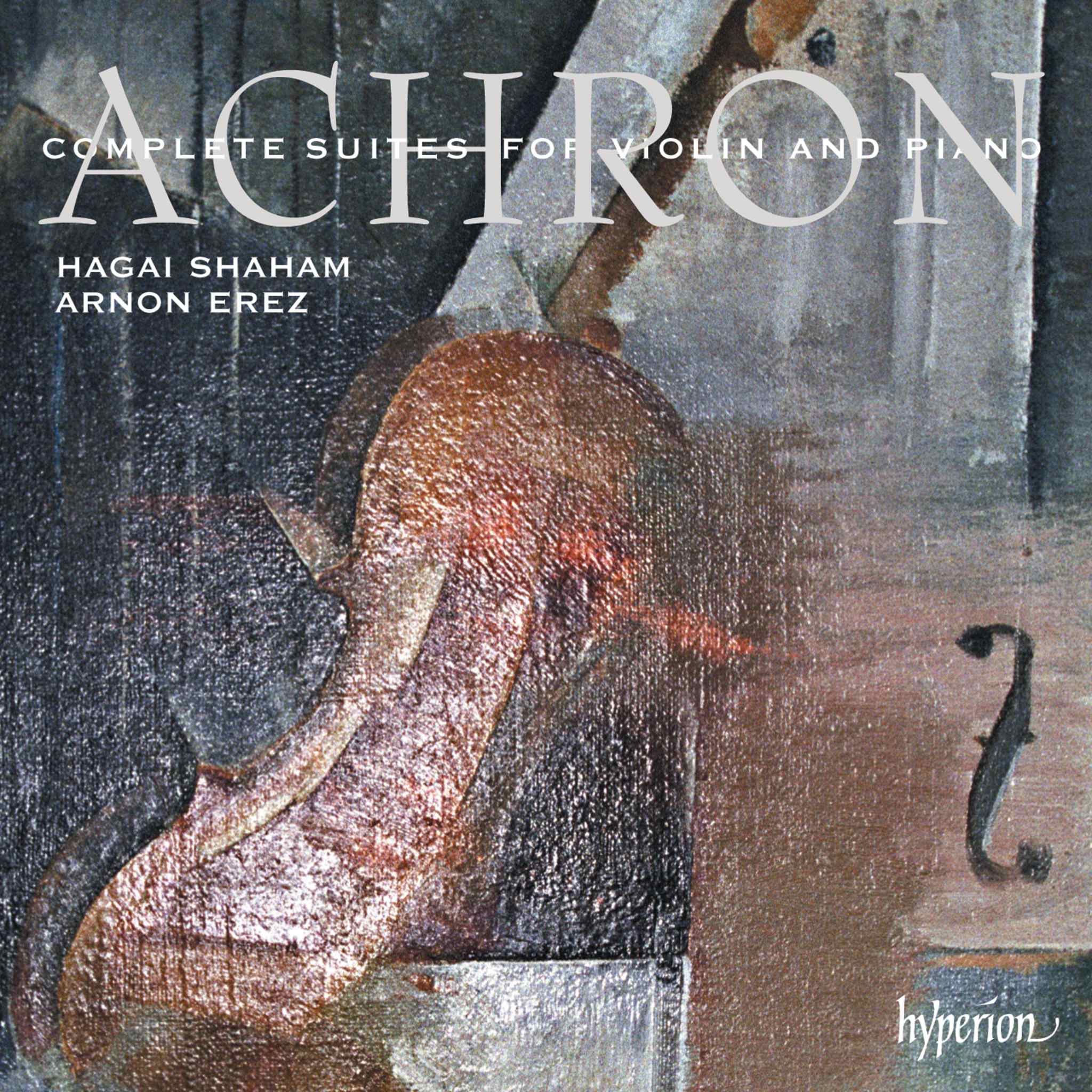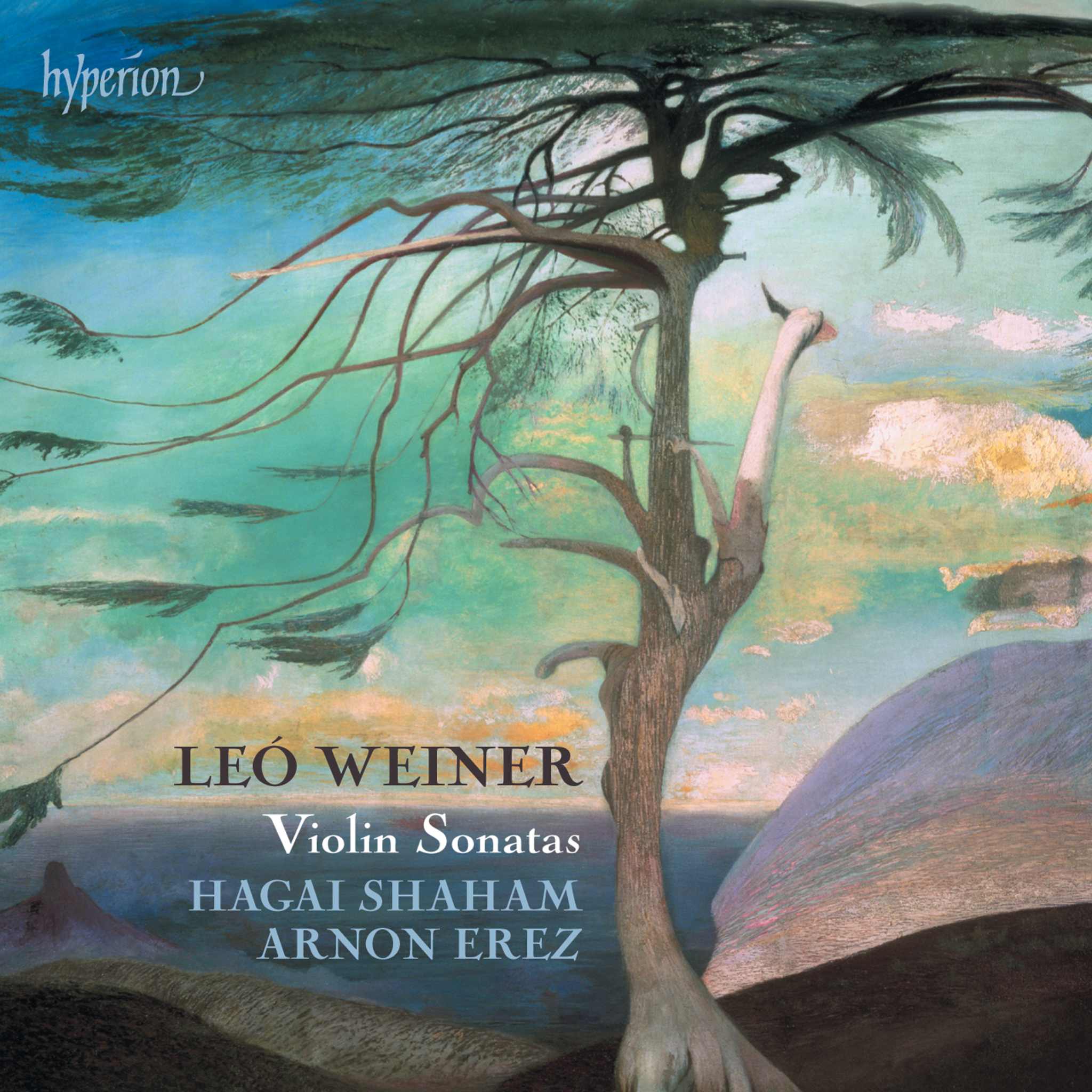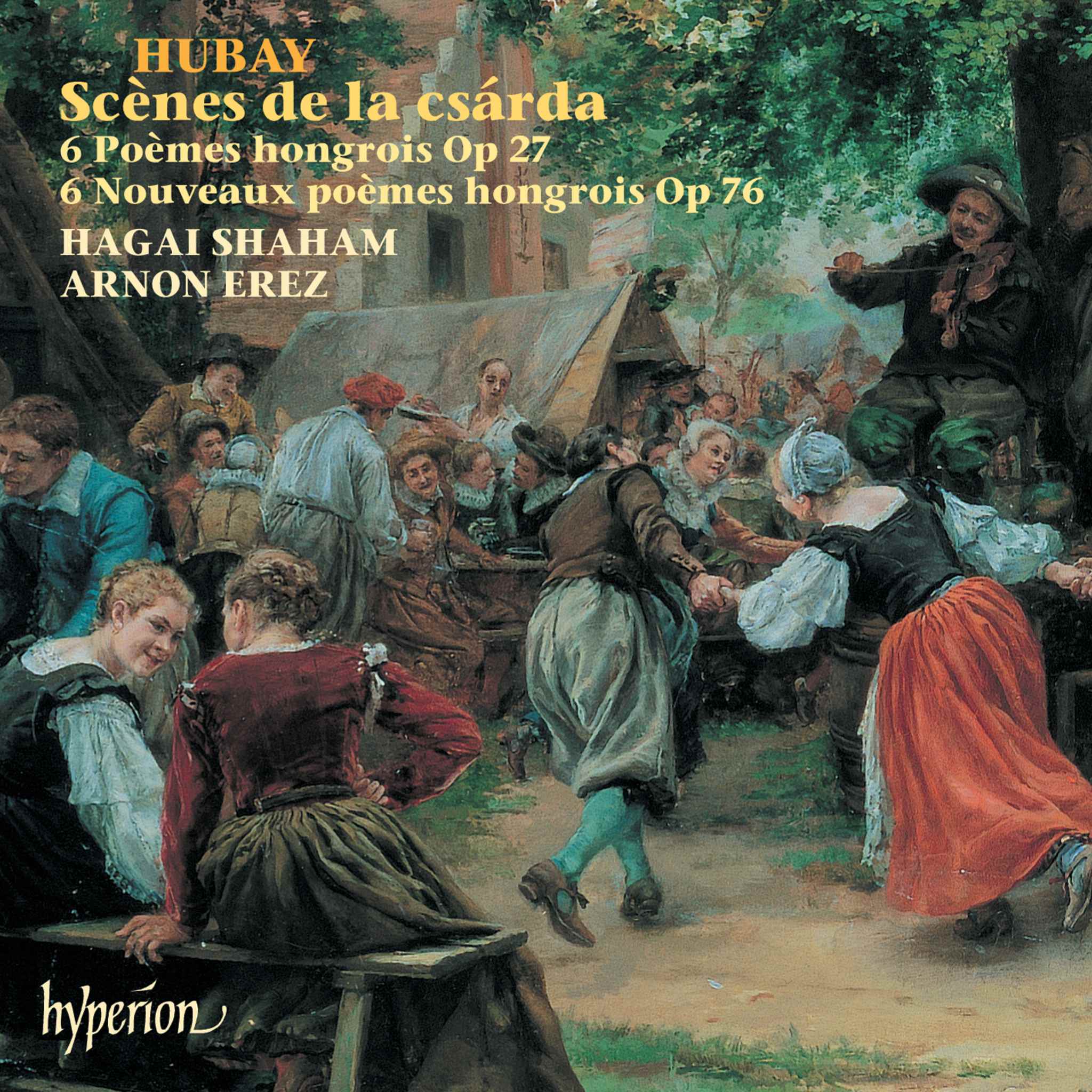Album insights
The Violoncello concerto genre experienced a lull for many decades after a promising start in the late 18th century by masters like Haydn and Boccherini. Despite significant composers continuing to write weighty concertos, their numbers dwindled until the mid-19th century, none securing a lasting place in the repertoire. The decline was largely attributed to the expanding orchestra, making it challenging for the cello's limited strength and range to stand out against the vibrant orchestra of the 19th century.
In a surprising turn, the Romanticist Robert Schumann composed a Cello Concerto in A minor, Op. 129, in 1850. After experimenting with various pieces, the concerto solidified in 1854, reflecting a delicate balance between orchestral and solo voices. Schumann's orchestration was discreet, allowing the soloist to unfold a lyrical and expressive voice without overpowering. The Concerto exuded romantic tones, with intricately woven thematic connections throughout.
Schumann's collaboration with Christian Reimers for the concerto faced setbacks during rehearsals, leading to revisions before its public premiere in 1860, featuring the renowned cellist Ludwig Ebert. The concerto secured its place in the repertoire in the early 20th century, notably championed by Pablo Casals.
Three years post Schumann's concerto composition, Johannes Brahms, at 21, entered the Schumann household in Düsseldorf. Brahms, albeit not composing a cello concerto, connected the showcased composers. Latching onto Brahms' influence, Robert Volkmann's A minor Concerto, Op. 33, debuted successfully in Vienna in 1857. Volkmann's Hungarian and gypsy-inspired compositions, much like Brahms's, echoed a blend of traditional and modern approaches.
Albert Dietrich, a close friend of Brahms and Schumann, created a melodious G minor Concerto, Op. 32, around 1876. Dietrich's work shared tonal and formal traits with Schumann's concerto, allowing the orchestra more prominence, coupled with a distinct lyrical quality.
Furthermore, Friedrich Gernsheim's E minor Concerto, Op. 78, a late work, displayed influences from Brahms, Parry, and Elgar. Structurally unique, Gernsheim's concerto navigated a single, multi-layered movement, suggestive of a tripartite form enclosing a lyrical central section.
Each composer's concerto, from Schumann to Dietrich, Gernsheim, and Volkmann, characterized a significant period in cello concerto evolution, bridging traditional and contemporary musical landscapes. Their combined endeavors, intertwined with personal friendships and collaboration, illuminate a rich tapestry of compositions that endure through time.








